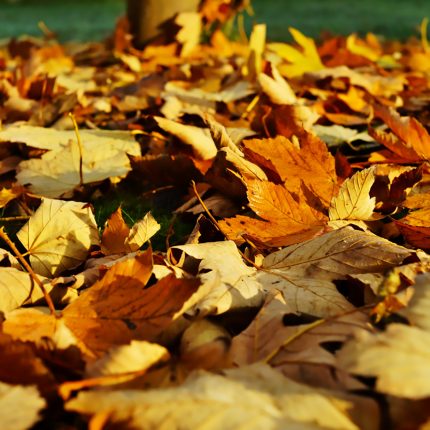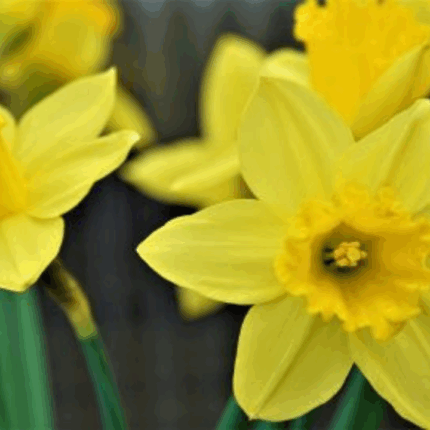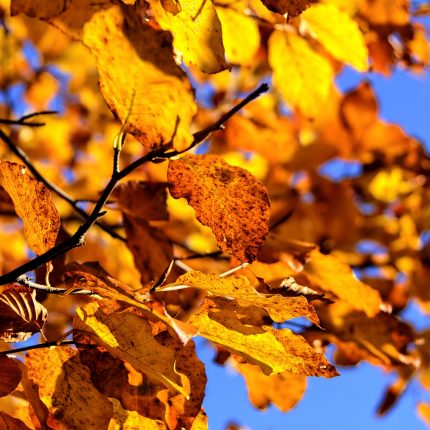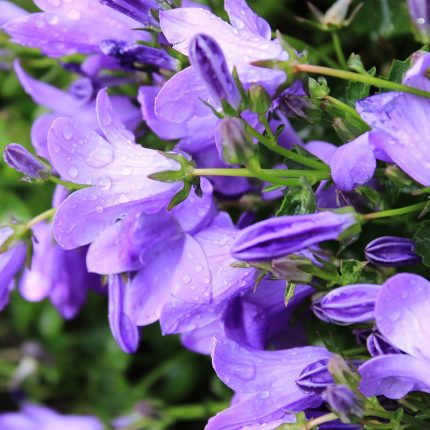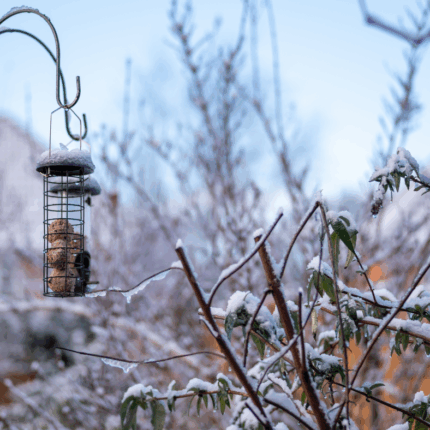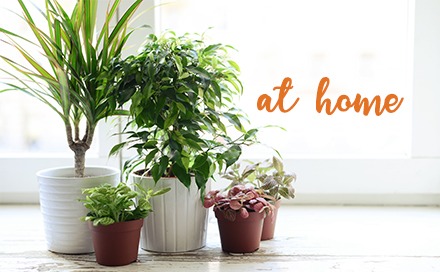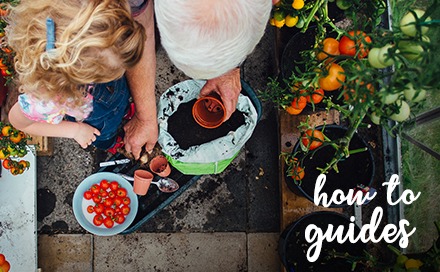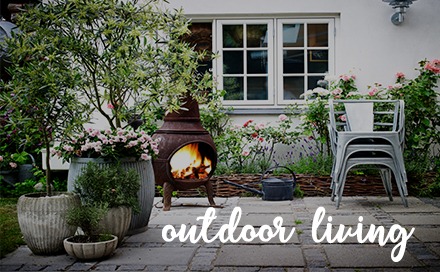Autumn Bulb Planting Made Easy: Tips for a Brilliant Spring Display
We all know Autumn as the season of cosy evenings, crisp air, and falling leaves, but it’s also the ideal time to prepare your garden for a colourful display next spring. Planting bulbs now is one of the simplest and most rewarding ways to bring life, fragrance, and vibrancy to your outdoor space after the long winter months. If you’re new to gardening, or just need a refresher, here’s everything you need to know to make your bulbs thrive.
Why is autumn the best time to plant bulbs?
Bulbs are clever little storage packages of energy, but they need a period of cold weather in order to grow and bloom successfully. Thankfully, Autumn provides the perfect conditions for bulbs to thrive. The soil is still warm enough to dig, but the air temperature is cooling down. This gives bulbs time to develop strong roots before the ground hardens, setting them up for healthy growth in spring.
Planting in autumn also ensures your bulbs don’t dry out or rot, problems that can happen if you leave planting until the soil is too wet or frozen in winter. Think of autumn planting as giving your bulbs a head start so that when spring sunshine arrives, they’re ready to burst into bloom.
Which bulbs should I plant in autumn?
One of the joys of autumn gardening is the anticipation of colour that lies ahead. By planting bulbs now, you’re essentially “storing up” spring in the soil, ready to burst into life after the winter months have passed. Whether you prefer bold, dramatic blooms or delicate, early flowers, there’s a bulb to suit every garden and style.
Autumn is the key planting season for most spring-flowering bulbs. The most popular choices include:
- Daffodils – dependable and cheerful, daffodils are often the very first sign of spring. They come in many shapes and sizes, from classic yellow trumpets to more delicate whites and creams. Take a look at our dedicated Daffodil Guide for more information.
- Tulips – with hundreds of varieties, tulips offer an incredible palette of colours and forms. Planting a mix of early, mid, and late-season varieties ensures weeks of continuous blooms. You can have a look at our Tulip Planting Guide if you want more information.
- Crocuses – these lively little flowers often pop up before the daffodils, even peeking through snow. They’re perfect for naturalising in lawns, borders, or under trees.
- Hyacinths – loved for their fragrance and vibrant clusters of flowers, hyacinths can be planted outdoors or forced indoors to flower in time for Christmas.
For maximum impact, try planting a combination. This not only extends your flowering season but also creates layers of colour and texture in your garden.
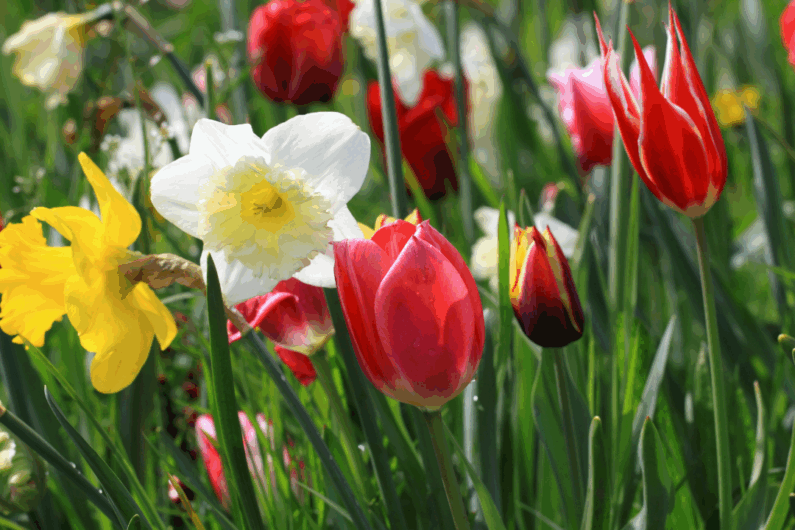
How do I prepare the soil for planting?
Good soil preparation is the foundation for healthy bulbs. Start by choosing a location with plenty of sunlight and well-drained soil. Most bulbs dislike sitting in waterlogged ground, as this can cause them to rot before they ever bloom. If you’re unsure about drainage, dig a small hole, fill it with water, and see how long it takes to drain. If it lingers, you may need to improve the soil or use raised beds.
Before planting, loosen the soil with a fork or spade and mix in compost or leaf mould. This adds nutrients and improves structure. In heavy clay soils, consider adding a handful of grit or sand to the planting hole to encourage better drainage. Healthy soil means stronger roots, which in turn means better blooms.
How deep should bulbs be planted?
Planting depth is key to success, and it varies depending on the bulb. A simple rule of thumb is to plant bulbs at a depth that’s two to three times the height of the bulb itself. For example:
- Daffodils: 10–15 cm deep
- Tulips: 15–20 cm deep
- Crocuses: 5–8 cm deep
Always plant bulbs with the pointed end facing upwards, this is where the shoot will emerge. To identify the top and bottom of a bulb, look for a pointed or smooth “top” end where the plant will sprout, and a flatter, rougher, or sometimes bulging “bottom” end where roots will grow. After covering with soil, firm down gently to remove air pockets, which can cause bulbs to shift or sit unevenly.
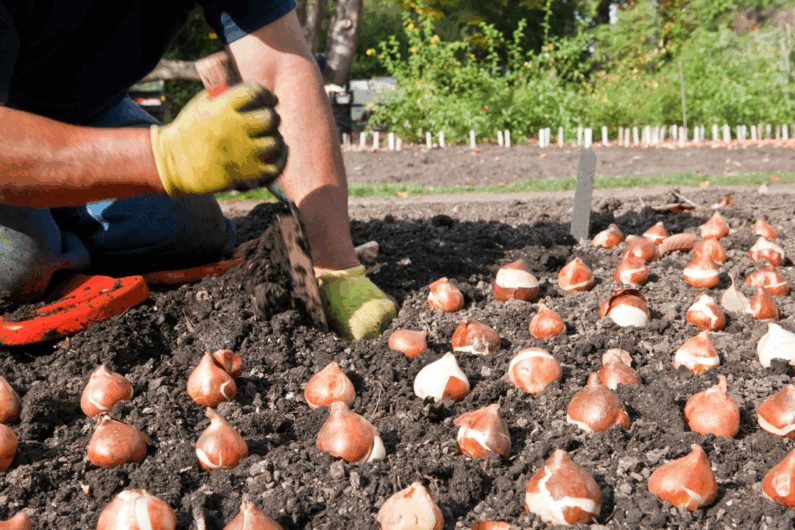
What should I avoid when planting bulbs?
Even experienced gardeners can slip up with bulb planting. Some of the most common mistakes include:
- Planting too shallow – this leaves bulbs vulnerable to frost and hungry wildlife.
- Overcrowding – while it’s tempting to pack lots of bulbs together, they need space to grow and spread. Too many in one hole can lead to stunted flowers.
- Planting in soggy soil – bulbs will simply rot if drainage is poor. If in doubt, improve the soil or use containers.
- Forgetting to water – even though the weather is cooler, bulbs still need moisture to establish roots. Give them a good soak after planting.
Taking a little care now helps you avoid disappointment later, and ensures your bulbs deliver their best display.
How do I care for bulbs over winter?
The good news is that once your bulbs are in the ground, they won’t need much fussing over. However, a few small steps can make a big difference:
- Mark your planting spots – use small labels or discreet markers to remind yourself where bulbs are buried. This prevents accidentally digging them up while tidying the garden.
- Mulch exposed areas – in colder or windier parts of Ireland, add a thin layer of mulch, straw, or leaf litter to help insulate the soil and protect bulbs from frost.
- Watch for pests – squirrels and birds sometimes dig up bulbs. To deter them, you can cover freshly planted areas with chicken wire until growth begins.
Planting bulbs in autumn is a simple, satisfying task that pays off in abundance. With a little preparation and the right care, you’ll be greeted by a carpet of vibrant colour and fragrance, a cheerful reminder that spring has sprung.
If you need more information or inspiration be sure to visit the Tírlan Country Life Blog for more tips and advice.

